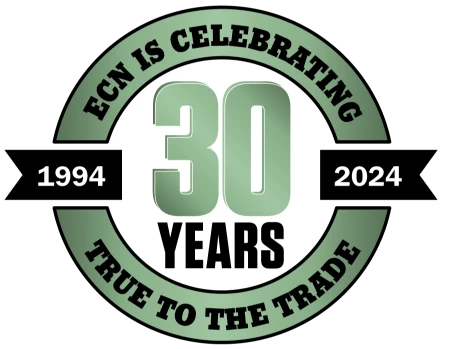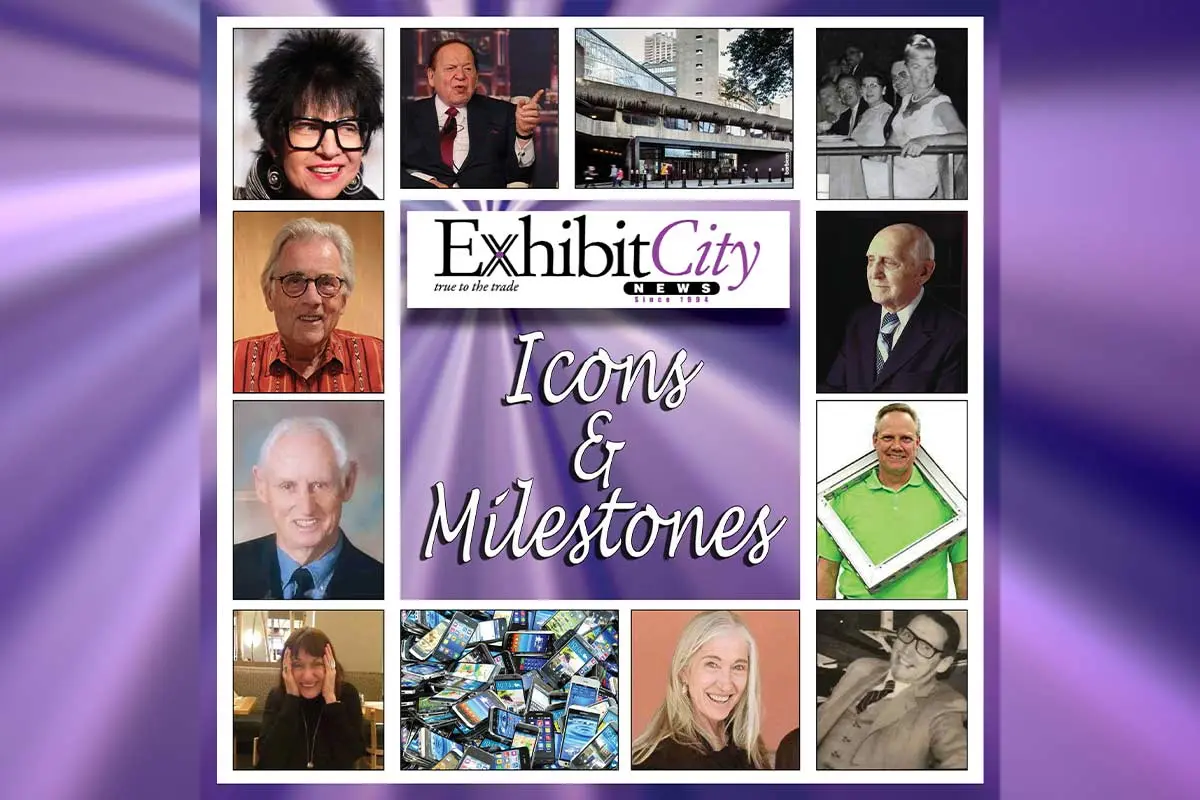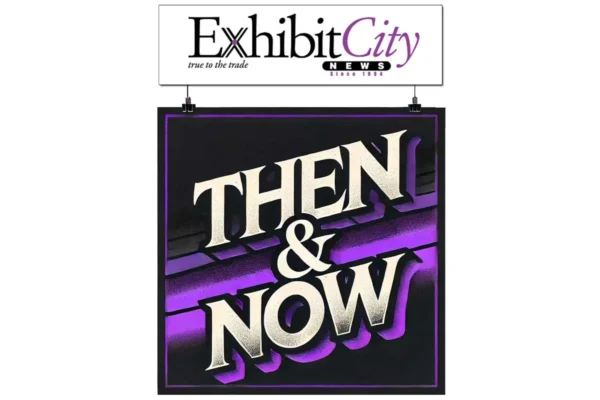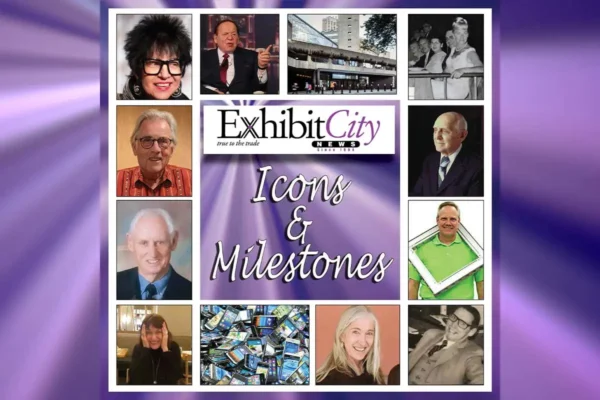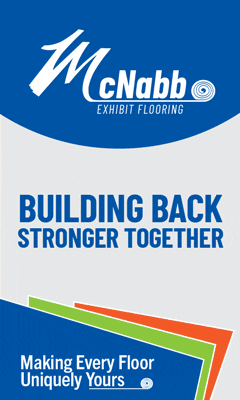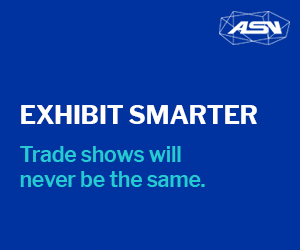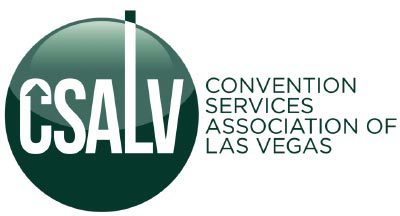The Icons & Milestones Series by Mark Hebert
The following is part of the Icons & Milestones Series, which started in the Exhibit City News 30 Year Anniversary Book. This series looks at Icons and Milestones from across the tradeshow industry. As we give honor in our Icons & Milestones series, we celebrate their revolutionary approaches to all aspects of the tradeshow industry. Thank you to Bob McGlincy and Larry Kulchawick for their assistance with this section.
In this we look at the advent of Digital Badge Scanning, Digital Print Graphics, the Introduction of Smartphones and two convention center expansions: the South Building of McCormick Place and the Western Expansion of the Las Vegas Convention Center. For the full Icons & Milestones series, please click here.
 Digital Badge Scanning
Digital Badge Scanning
Revolutionizing Tradeshow Engagement
The introduction of digital badge scanning in the 1990s marked a significant innovation in the tradeshow industry, transforming how exhibitors and attendees interacted. With scannable badges, exhibitors were able to quickly gather attendee information during events, enabling real-time lead tracking and post-event follow-up. This technology streamlined the data collection process, which had previously been manual and time-consuming. As a result, exhibitors could better target their outreach and personalize engagement with potential clients, making their tradeshow efforts more efficient and effective. The rise of digital badge scanning not only enhanced the attendee experience but also set new standards for event efficiency and data-driven marketing strategies within the industry.
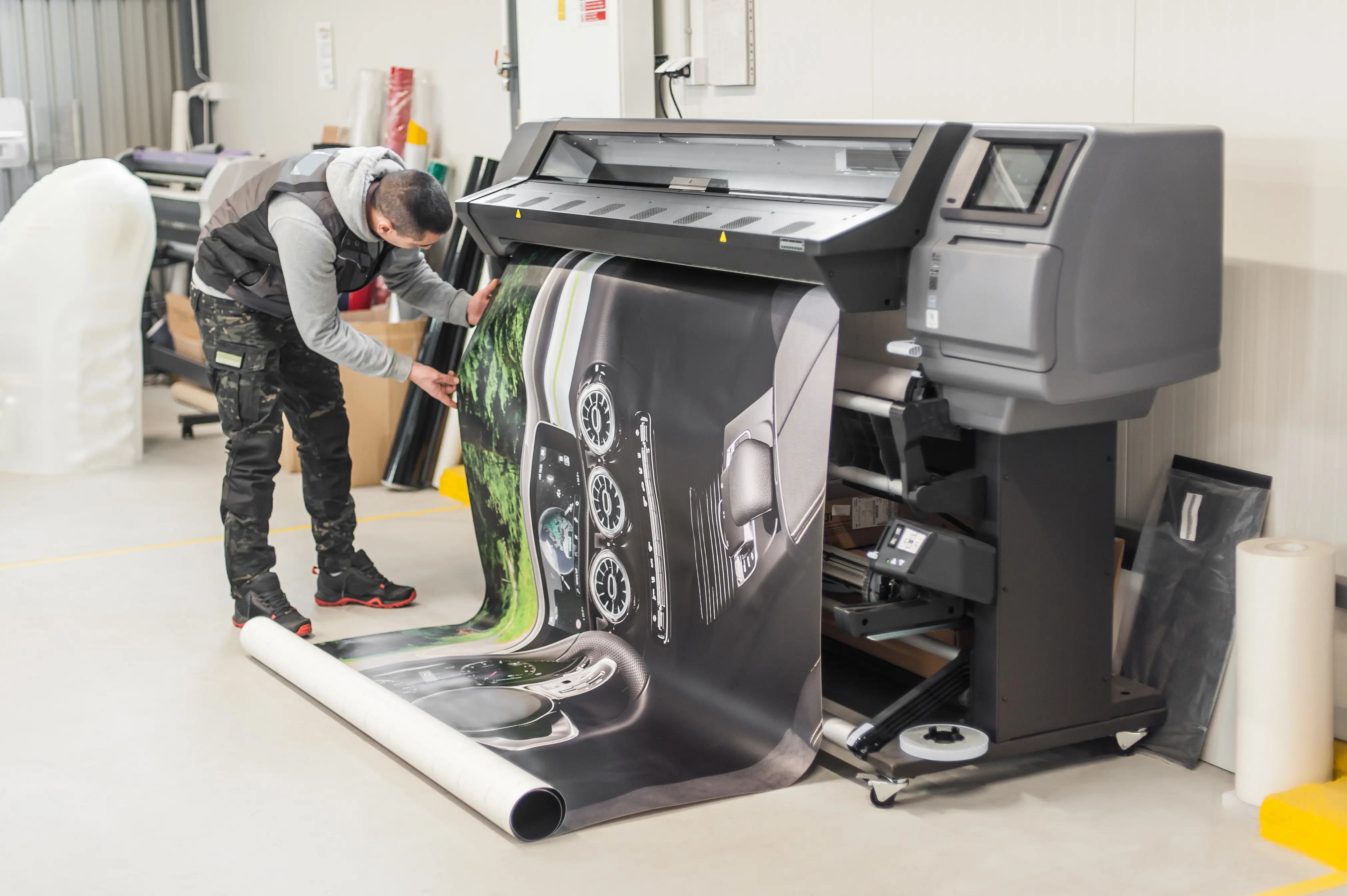 Digital Print Graphics
Digital Print Graphics
Transforming Visual Branding in Tradeshows
The advent of digital print graphics revolutionized the tradeshow industry by transforming how exhibitors approached visual branding. Digital printing technology allowed for the creation of high-quality, vibrant graphics that could be customized to fit any booth design, providing a sharp contrast to traditional screen-printing methods, which were both time-consuming and limited in detail. This technology enabled exhibitors to produce large-scale, detailed visuals that could be easily updated or replaced, making it ideal for the fast-paced tradeshow environment. The rise of digital print graphics set a new standard for booth presentations, where the quality of graphics became as important as the physical structure of the booth itself. This innovation not only enhanced the aesthetic appeal of exhibits but also allowed for greater flexibility and creativity in marketing strategies.
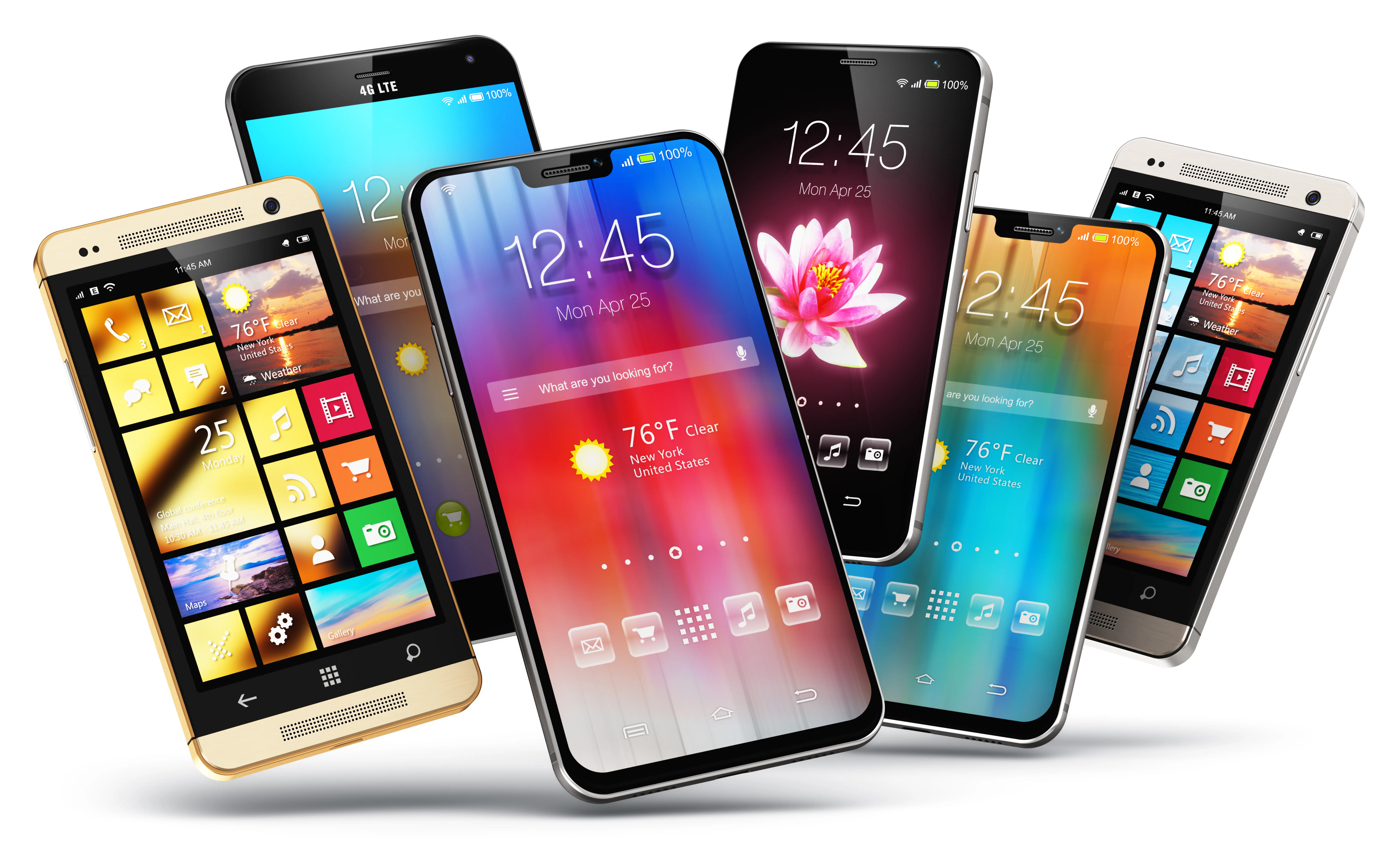 Introduction of Smartphones
Introduction of Smartphones
Revolutionizing Tradeshow Engagement
The widespread adoption of smartphones in the late 2000s and early 2010s marked a significant shift in the tradeshow industry, fundamentally changing how exhibitors and attendees interacted during events. Smartphones provided instant access to information, enabling real-time communication, navigation, and networking at tradeshows. With event-specific apps, attendees could easily access schedules, maps, and exhibitor information, while exhibitors could engage with visitors through interactive features and instant updates. This technology also allowed for the integration of social media, extending the reach of tradeshow events beyond the physical venue. The use of smartphones enhanced the overall experience for both exhibitors and attendees, making tradeshows more dynamic, efficient, and interactive. As smartphones became ubiquitous, they transformed the industry, setting new expectations for connectivity and engagement at live events.
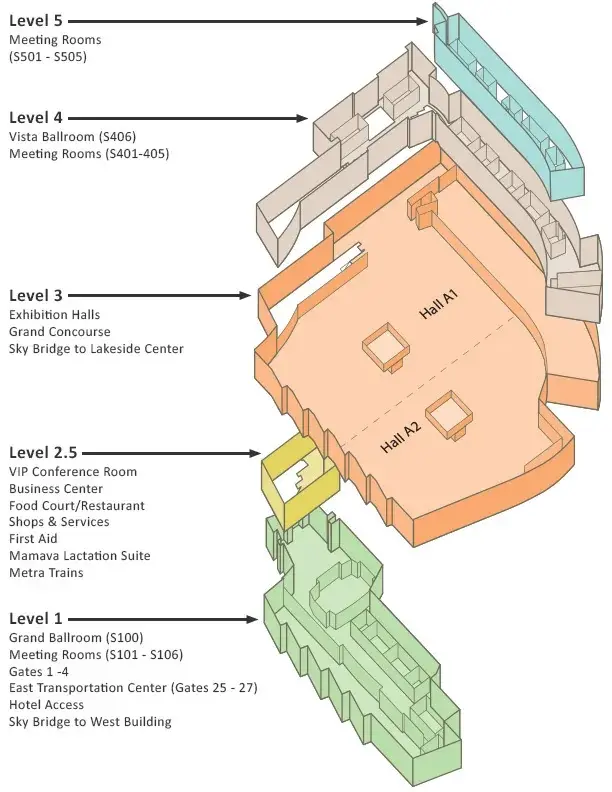 South Building of McCormick Place
South Building of McCormick Place
Transforming the Tradeshow Landscape
The opening of the South Building at McCormick Place in Chicago in 1996 was a pivotal moment for the tradeshow industry. This expansion added 2.9 million gross square feet to the McCormick Place complex, including 840,000 square feet of exhibition space, significantly increasing the venue’s capacity. This development allowed Chicago to host some of the world’s largest conventions and tradeshows, solidifying the city’s position as a key player in the global tradeshow market. The South Building’s state-of-the-art facilities, featuring advanced loading docks and flexible space configurations, set new standards for modern convention centers. This expansion not only boosted Chicago’s economy but also influenced the design and operation of future venues worldwide.
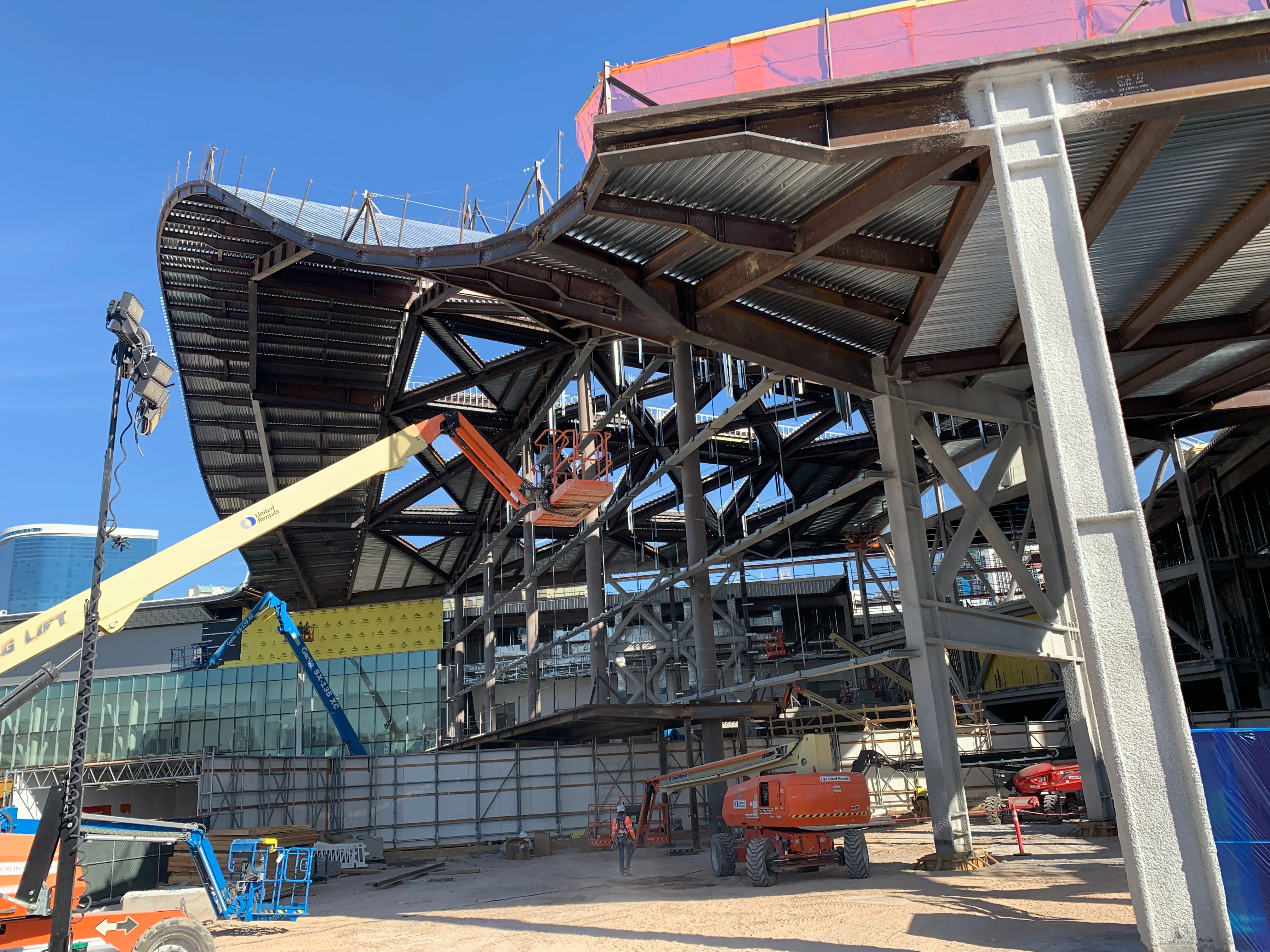 Western Expansion of Las Vegas Convention Center
Western Expansion of Las Vegas Convention Center
A New Era for Events
The Western Expansion of the Las Vegas Convention Center, completed in 2001, was a monumental development in the tradeshow industry. This expansion added nearly 1.3 million square feet of space, including a massive new exhibit hall, meeting rooms, and a grand concourse, allowing the facility to host even larger and more complex events. The expansion was part of a broader strategy to position Las Vegas as the premier destination for conventions and tradeshows, capitalizing on the city’s existing infrastructure and entertainment options. This project not only boosted the local economy by attracting millions of additional visitors annually but also set a new benchmark for convention center design. The expanded center offered unparalleled flexibility and capacity, accommodating the growing demands of the global tradeshow industry. This milestone solidified Las Vegas’s reputation as a leader in the event industry, influencing how other cities developed their own convention facilities.




